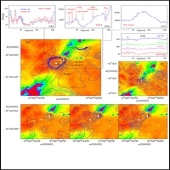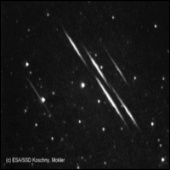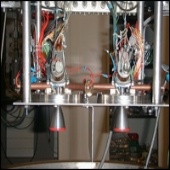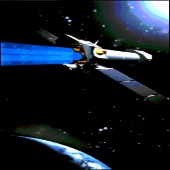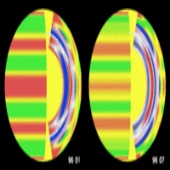ESA Science & Technology - News Archive
News archive
News archive
Published: 27 April 2000
Published: 26 April 2000
Published: 26 April 2000
Published: 25 April 2000
Published: 21 April 2000
Published: 19 April 2000
Published: 17 April 2000
Published: 17 April 2000
Published: 17 April 2000
Published: 14 April 2000
Published: 14 April 2000
Published: 14 April 2000
Published: 12 April 2000
Published: 7 April 2000
Published: 7 April 2000
Published: 6 April 2000
Published: 5 April 2000
Published: 3 April 2000
Published: 3 April 2000
Published: 3 April 2000
—
20 Items per Page

